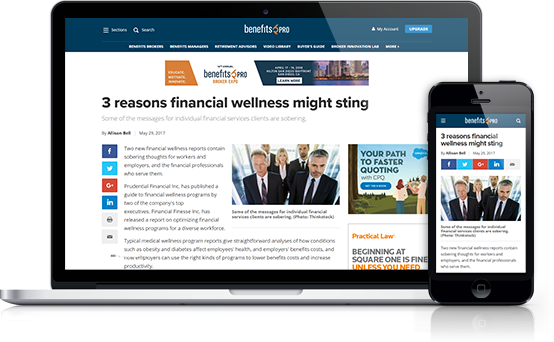 In 2018, clients can contribute up to $3,450 to an HSA if the HDHP coverage is individual coverage, and up to $6,900 if the client's coverage is family coverage. (Photo: Shutterstock)
In 2018, clients can contribute up to $3,450 to an HSA if the HDHP coverage is individual coverage, and up to $6,900 if the client's coverage is family coverage. (Photo: Shutterstock)
Health savings accounts (HSAs) provide a powerful tax savings tool for clients looking to reduce current taxable income while also potentially building a sizable nest egg for postretirement health-related expenses.
Unlike typical retirement savings vehicles, HSAs provide three key tax benefits—pre-tax contributions, tax-free earnings and tax-free withdrawals. Because of this, eligible clients are understandably eager to maximize their annual HSA contributions.
Recommended For You
Complete your profile to continue reading and get FREE access to BenefitsPRO, part of your ALM digital membership.
Your access to unlimited BenefitsPRO content isn’t changing.
Once you are an ALM digital member, you’ll receive:
- Breaking benefits news and analysis, on-site and via our newsletters and custom alerts
- Educational webcasts, white papers, and ebooks from industry thought leaders
- Critical converage of the property casualty insurance and financial advisory markets on our other ALM sites, PropertyCasualty360 and ThinkAdvisor
Already have an account? Sign In Now
© 2025 ALM Global, LLC, All Rights Reserved. Request academic re-use from www.copyright.com. All other uses, submit a request to [email protected]. For more information visit Asset & Logo Licensing.








